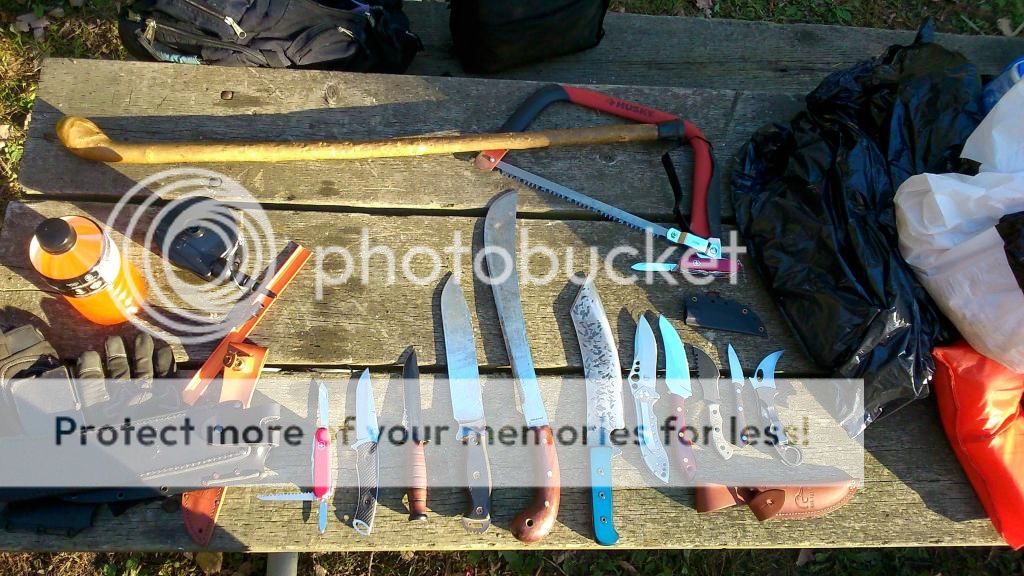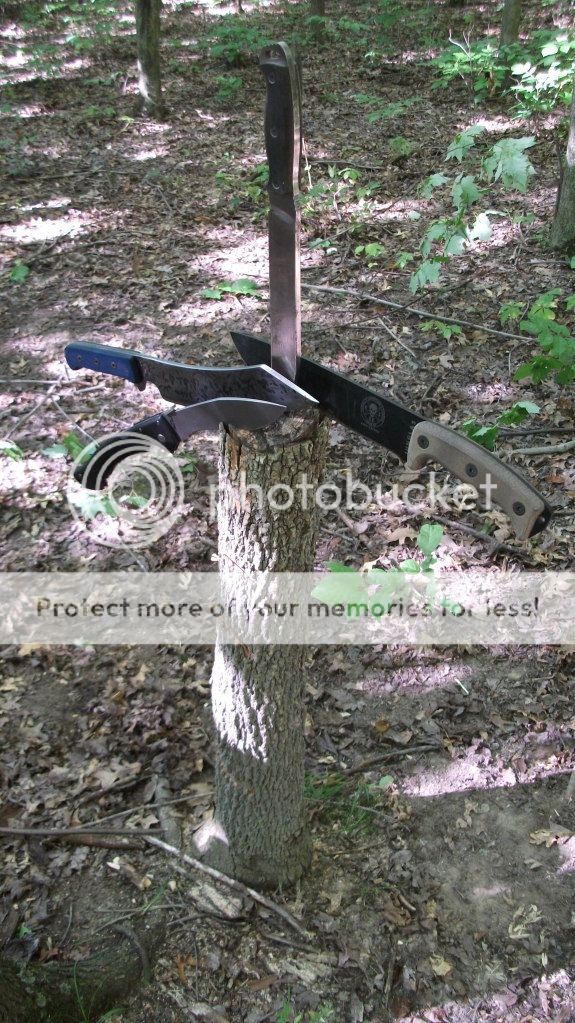What folks like pinnah view as "destroying the heritage of others", I view entirely differently.
You see, I've established a secluded campsite advertised to no one, and used it for 5 and a half years now.
It gets used occasionally by other people who stumble across it, and the well-established fire pit keeps them from causing inadvertent damage.
I can tell they occasionally come by because, unlike me, some of them
don't take their garbage away with them.
So I take it away when I come along; I bring garbage bags to pack out all trash, mine, and anyone else's who may have been along in-between.
It has been a spot of connecting with friends and family in a beautiful, peaceful setting.
If anyone who doesn't like it comes along, they can simply keep on walking...the rest of the forest is
just fine.
Besides, the deer don't mind it, and they are
part of nature.
We saw one there last time we went out,
right at the site.
I care more about what the deer and squirrels think of my impact than the opinions of humans, who are noted for covering the world in sticky tar, concrete, driving gas-guzzling vehicles, and then whining about how someone's campfire is destroying the natural world.





















